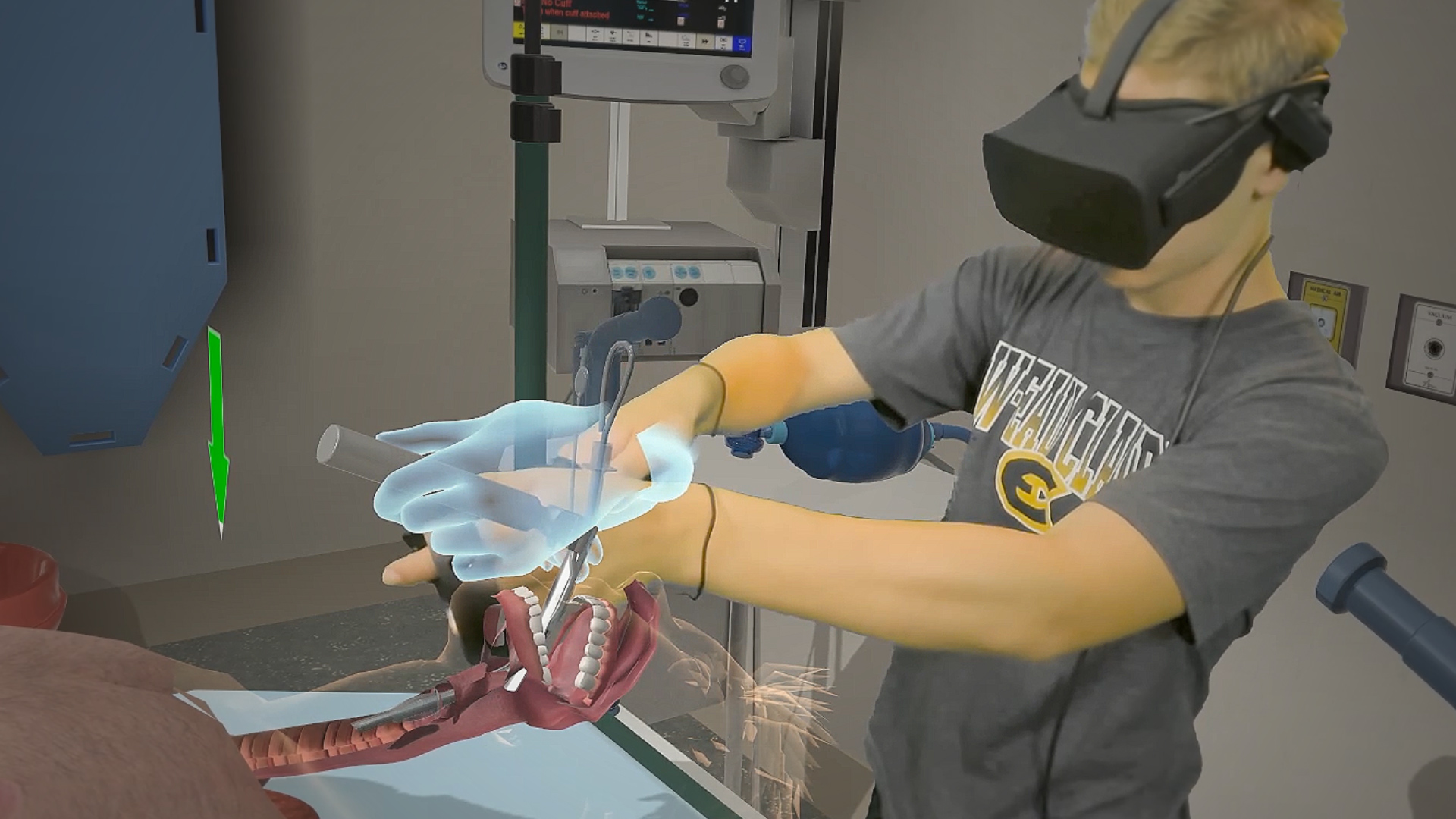
Tashkent Medical Academy
Department of Clinical Modeling, Faculty of Medicine No. 1
Held on 14.10.2022
A spiritual hour called “Oriental jewels”.
As President Shavkat Mirziyoev puts forward the idea of creating a new Uzbekistan, in order to achieve this great goal, first of all, the development of science, mastering the achievements of modern science, assimilation of the latest techniques and technologies, to our socio-economic life puts the task of implementing a pragmatic policy of introducing information technologies, assimilating all advanced ideas that serve to ensure human development in the world. The above life-giving ideas have a universal meaning and essence, a historical basis. After all, our nation has experienced two Renaissance events in its past. The first is the Renaissance of the 9th-12th centuries, which is called the Eastern Renaissance and made a great contribution to the development of human civilization. a period of great change. In these two periods, our genius ancestors took bold steps forward in the world civilization under the influence of ancient thinking and science.
Today, more than seven thousand monuments, including 2,500 architectural monuments, more than 2,700 monumental works of art are under state protection in our country. Since 1991, monuments in the Ichonqala reserve in Khiva, in the center of Bukhara since 1993, and in the center of Shahrisabz since 2000 have been included in the list of UNESCO’s “World Cultural Heritage”. Preservation of our past, veneration of historical monuments, artifacts, etc., is directly related to the great past of our people, living social life and future. These characteristics are the national value of our nation and people, and have been ingrained in their blood since time immemorial.
Samarkand is one of the oldest cities in the world, equal to Rome, Athens and Babylon. The poets and historians of the past called it “Paradisiacal Garden of the East”, “Earth”, “The Priceless Jewel of the Eastern World”, “The Ornament of the World Countries”, “The City of the East like Rome” and so on.
It was during the rule of the Timurids that Samarkand reached its highest perfection.
The rulers of European countries considered it an honor to visit this city.
Samarkand is a legendary city. Here, every stone, cliff or pond is a living tale telling from the past, every district (guzari or neighborhood) of the city preserves its legends as if it were a family tree. Sometimes a historical event or place dear to the heart of every Samarkand is buried in legends.
Everyone who visited Bukhara and saw this ancient city must have noticed the strange-looking “caps” on the tops of the towers. These are stork nests. These white birds, a symbol of hope, can be a symbol of the city, its stability and loyalty. The rich and beautiful city was the target of invasion attacks by various enemies many times, and the invasion of the Mongol-Tatars was the most severe and razing to the ground. But Bukhara would always be restored in the same place, loyal to its land and traditions, and rebuilt.
The founding of Bukhara goes back to ancient times. In 1997, according to the decision of UNESCO, the whole cultural world celebrated its 2500th anniversary. Legends connect the emergence of the city with Siovush, one of the Zoroastrian gods associated with the image of a historical person. The oldest part of Bukhara is its fortress – Ark, where archaeologists found some finds dating back to IV-III centuries BC. This is a big hill with a height of 20 meters, where there used to be the palace of the emir of Bukhara, his harem, treasury, rooms where weapons were stored, and a dungeon for the most dangerous criminals. They are currently being restored.
Khiva is a museum-city, but it is a populated city like the city of Rome. Like many cities of the East, Khiva was built near the Khayvak reservoir, located in the lower reaches of the Amudarya, and developed in the irrigated lands of the Khorezm oasis. Archaeological research shows that the city is at least 2500 years old. All this gave the UNESCO organization the reason to declare Khiva as a protected city, and to recognize Ichan Castle, which is the inner part of the city, as a historical monument of world importance.
Shahrisabz is the city of Amir Temur, everything here is related to his name in one way or another. His father Muhammad Taragai and spiritual teacher Shamsiddin Kulol are buried here, and the graves of his eldest sons Jahangir Mirza and Umarshaikh Mirza are located here. The Great Master himself thought that his soul would fly away from his throne here. He even prepared the mausoleum. But fate decided otherwise…
Oksaroy Palace can be an example of a festive government building – residence. The construction of the palace began in 1380, but in 1404, finishing works were being completed. The span of the dome of this magnificent structure is more than 22 meters, and it is the oldest among all the structures built by the Timurids.
During the period of Timur and Timurids, the complex construction of cities with ensembles was widespread. This is also evident in Shahrisabz, where the Dorus-Tilovat and Dorus-Saodat ensembles stand out.
Shahrisabz was not only the “throne land” of the great emir. Long before the birth of Timur, it had its own history. First of all, it is one of the oldest cities in the world. According to scientists, Shahrisabz is 2700 years old, which is the age of the “Eternal City” Rome. According to the decision of UNESCO, this date was celebrated in 2002 throughout the cultural world. In the 4th century BC, Alexander the Great’s army stopped at the Kesh oasis to rest, Bessus, the satrap of Bactria, killed Darius III and declared himself the “king of Asia”, but he himself was here. captured. In the 7th century, the city was besieged by the Arabs, and a century later, the city of Kesh became the center of a strong uprising against the Arabs under the leadership of Muqanna. In peacetime, the city grew without any hindrance, due to its extremely convenient location on the busy Great Silk Road.




